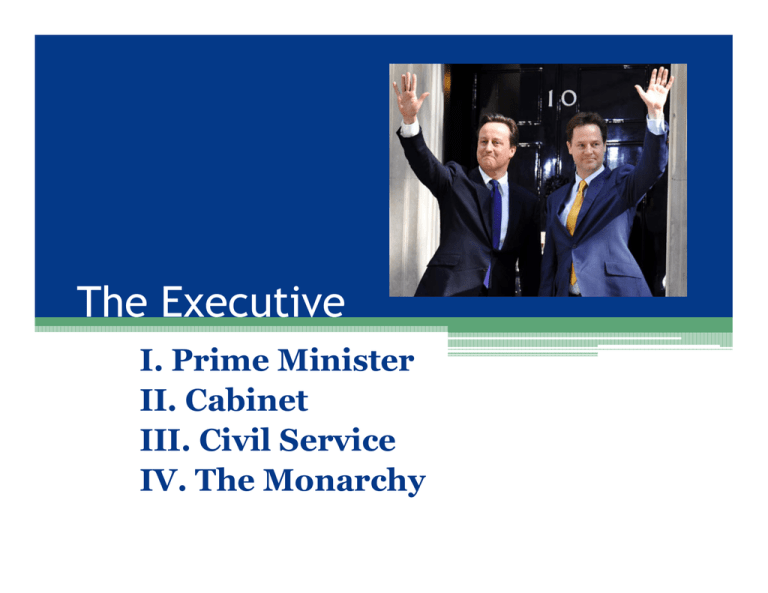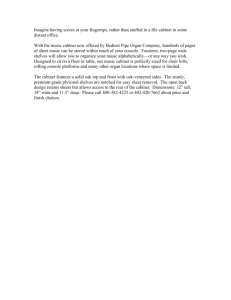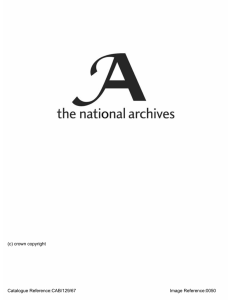The Executive I. Prime Minister II. Cabinet III. Civil Service
advertisement

The Executive I. Prime Minister II. Cabinet III. Civil Service IV. The Monarchy I. The Prime Minister • Powers of the Prime Minister ▫ Party Leader ▫ Head of Government Appoints Cabinet and Junior Ministers Cabinet Reshuffles Chairs the Cabinet and Key Cabinet Committees ▫ Calls General Elections ▫ Patronage (e.g., Peerages; Agency Appointments) • Support Staff (Number 10 and Cabinet Office) • Limitations on PM Powers • H.H. Asquith: “The office of the Prime Minster is what the holder chooses and is able to make of it.” 10 Downing Street Dave gets to walk right in… …you don’t get close. Rear view of Number 10 Recent Patterns of Executive Governance • The Blair Years ▫ Centralization in Number 10 ▫ The ‘Tony and Gordon Show’ ▫ Decline of Cabinet and ‘sofa government’ • Brown as PM ▫ Dithering and crisis • Cameron and the Coalition ▫ Decentralization in government ▫ LibDem influence on policy? ▫ Wider decentralization “I like to govern from right here (just not with you)” The cost of coalition? Cabinet • Members of the Cabinet • Principles Guiding Cabinet: ▫ Collective Responsibility ▫ Secrecy • Ministers and Ministerial Responsibility • Decline of Cabinet Government • Rise of Cabinet Committees A crowded table in the Coalition cabinet. UK Cabinet System Civil Service • ‘Permanent Secretary’: Civil Service chief of the department alongside (but subordinate to) the Secretary of State • Three Principles Guide Civil Service ▫ Permanency ▫ Neutrality ▫ Ministerial Responsibility Sir Humphrey Appleby gives advice in the BBC’s Yes, Minster The Monarchy • Queen as ‘Head of State’ ▫ Represent the ‘unity of the nation’ ▫ Symbolic and ceremonial duties ▫ Carry out certain political functions on advice from Ministers -- prerogative powers • Monarch as ‘politically neutral’ • Scenarios for political involvement • The future of the monarchy


